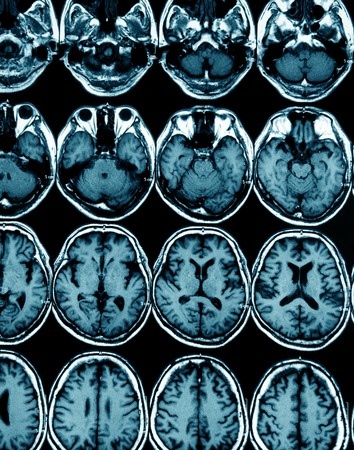Researchers Continue to Innovate
Researchers at the Center for MR Imaging–guided Focused Ultrasound at the University of Zurich Children’s Hospital are pioneering the development of focused ultrasound for the brain in Europe.
 Despite receiving the CE mark, the treatment is not yet widely accepted and is reimbursed only on a case-by-case basis. To obtain the data needed to include it in the national catalogue of reimbursable procedures, the government is initiating a registry to assess the cost and outcomes of focused ultrasound for pain and movement disorders. The registry begins in July and will follow patients for five years.
Despite receiving the CE mark, the treatment is not yet widely accepted and is reimbursed only on a case-by-case basis. To obtain the data needed to include it in the national catalogue of reimbursable procedures, the government is initiating a registry to assess the cost and outcomes of focused ultrasound for pain and movement disorders. The registry begins in July and will follow patients for five years.
The Zurich group has treated 40 patients since purchasing the first ExAblate NEURO system outside of Israel in 2006. Their research in collaboration with the University of Zurich, the Swiss Federal Institute of Technology (ETH) Zurich, the State Hospital St. Gallen, and the Center for Pain Medicine in Nottwil, Switzerland, led to the technology being approved to treat chronic neuropathic pain, essential tremor, and Parkinson’s disease.
Fortunately, the Swiss Ministry of Public Health recognizes the burden of the cumulative cost of using deep brain stimulation (DBS) to treat patients with Parkinson’s and essential tremor, and they see focused ultrasound as a potential cost-effective alternative. But there is currently no long-term data to convince the government, payers, and clinicians that focused ultrasound will fulfill its potential as a viable solution with lasting treatment effects.
The Zurich Center for Focused Ultrasound is being led by pediatric neuroradiologist Ernst Martin and MR physicist Beat Werner. “We are optimistic that the registry results will be positive and compel insurers to modify their policies to pay for the treatment,” says Dr. Martin. “We have a lot of patients interested in focused ultrasound treatment. With the procedure cost absorbed by the registry, the enrollment process should go fairly quickly. This is a very appealing option for patients who want relief without invasive surgery.”
The group continues to advance the technology for chronic pain and movement disorders, and sees it as an opportunity to reevaluate old stereotactic targets that were abandoned because the intervention technology and image guidance at the time were not robust and reliable enough to prevent serious adverse events. “With focused ultrasound and MR-imaging guidance, the situation has fundamentally changed, and it is time to rethink our treatment strategies,” says Dr. Ronald Bauer, neurosurgeon from the State Hospital St. Gallen, Switzerland, a member of the team.
They are also assessing the technology to treat certain malignant brain tumors in collaboration with Dr. Javier Fandino, neurosurgeon at the State Hospital Aarau, Switzerland. Last year they performed the first substantial focused ultrasound brain tumor treatment through an intact skull. But the team is cautious. “We were really excited that it is feasible and safe to treat a brain tumor; however, we think that it is important to continue to benefit from the experience with functional treatments,” says Dr. Werner.
